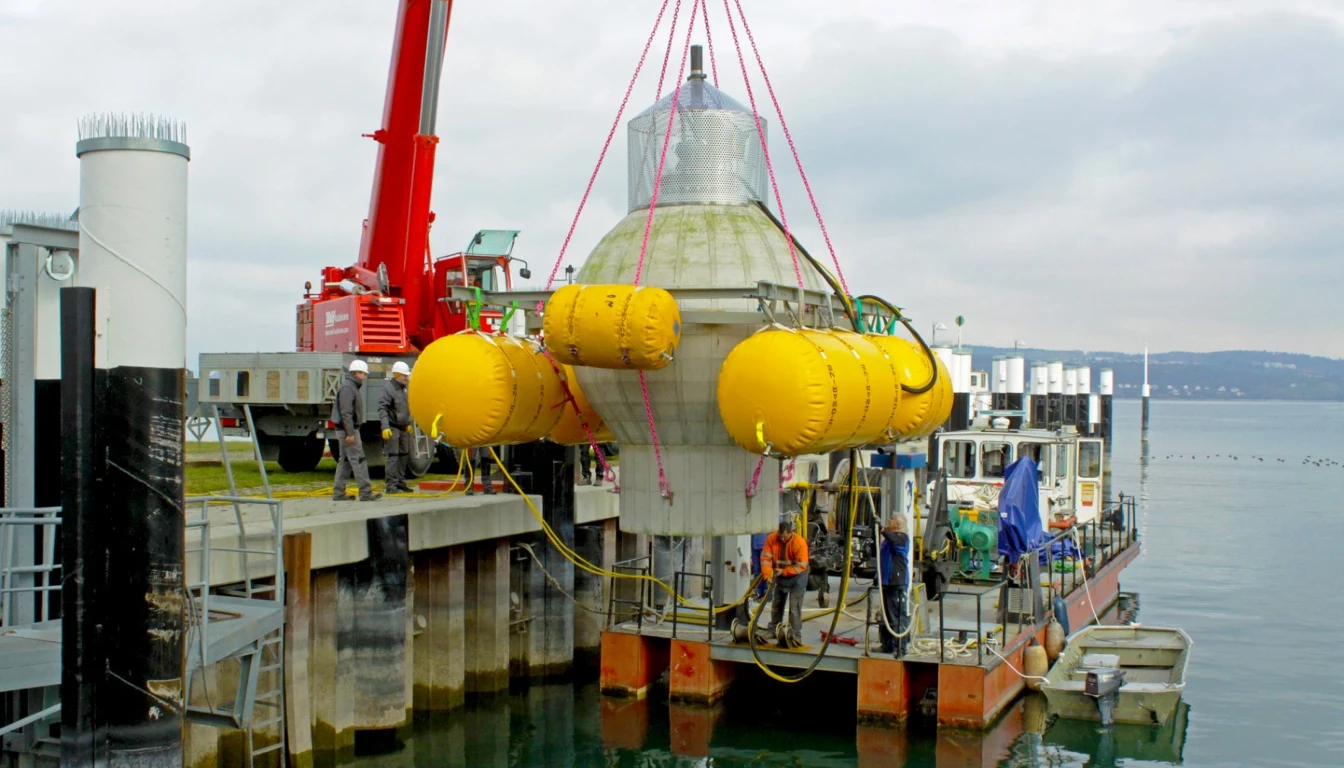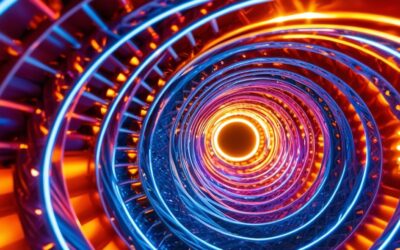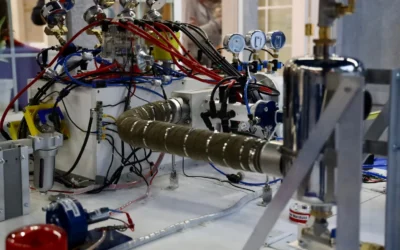A pioneering system using concrete spheres beneath Lake Constance and the Californian coast promises to redefine renewable energy storage, with scalable solutions that could power millions of homes and bolster grid stability worldwide.
Deep beneath the rippling expanse of Lake Constance in Bodensee, Germany, a remarkable energy initiative has quietly emerged, operating at a depth of 330 feet. The project involves a spherical shell of concrete, nearly 10 feet in diameter, which holds fresh lake water. Engineers from the Fraunhofer Institute for Energy Economics and Energy Systems Technology (IEE) designed a system that utilises this sphere to create a vacuum by forcibly expelling water, thereby harnessing the power of nature to generate electricity. When the energy supply is cut, seawater rushes back into the sphere, turning a turbine and generating power. This innovative approach, known as StEnSea (Stored Energy in the Sea), aims to create vast reserves of energy from renewable sources like solar and wind.
The concept hinges on the ability to store energy generated during peak production times and release it on demand. Traditionally, energy storage has relied on pump-storage solutions using two reservoirs at different elevations. However, the StEnSea system replaces this model with a singular yet ingenious solution: the ocean itself. Water pressure acts as an upper reservoir, allowing for the deployment of spherical storage units on the seabed, thereby saving valuable land space. As Jochen Bard, Division Director at Fraunhofer IEE, remarked in a YouTube presentation, this technology makes it feasible to create energy storage solutions virtually anywhere offshore, including areas with high population density.
Following a successful pilot in Lake Constance, where the concept was first tested in 2017, Fraunhofer IEE is now spearheading a larger initiative around the Californian coast. Collaborating with U.S.-based Sperra, a pioneer in 3D concrete printing, and Pleuger Industries, which specializes in underwater pumps, the new project aims for deployment by 2026. During this phase, a 29.5-foot hollow sphere will be submerged at depths around 2,000 feet, with expectations to validate the operational efficacy of concrete sphere technology in challenging oceanic conditions. The sphere’s design and construction will be rigorously tested to withstand extreme underwater pressures, projecting an energy storage capacity of 0.4 megawatt hours—enough to power an average household for about two weeks.
While this initial sphere may appear modest in capacity, future iterations are planned to be considerably larger, with the ambition of producing spheres up to 98 feet in diameter. Such advancements could dramatically enhance energy storage capabilities and contribute to stabilising power grids reliant on variable renewable energy sources. The ultimate vision articulated by Fraunhofer IEE is to achieve a staggering global storage potential of 817,000 gigawatt-hours, equivalent to powering approximately 75 million homes per year.
This initiative has garnered support not only from the German Federal Ministry for Economic Affairs and Climate Protection but also from the U.S. Department of Energy, with funding packages indicating a joint commitment to usher in a new era of energy storage solutions. As researchers continue to fine-tune this cutting-edge technology, the implications are profound: a sustainable and adaptable energy storage model capable of contributing significantly to the future energy landscape.




